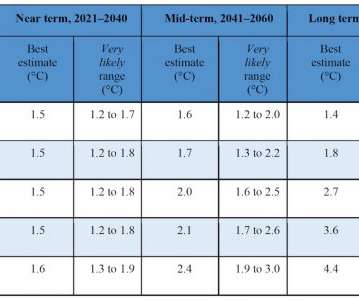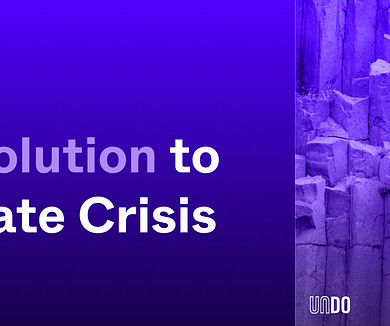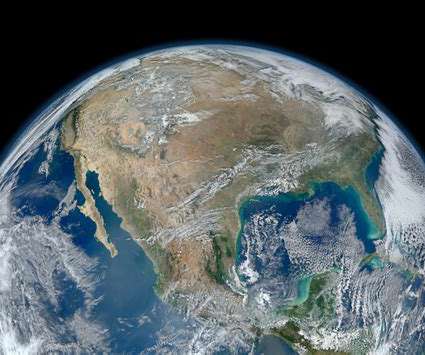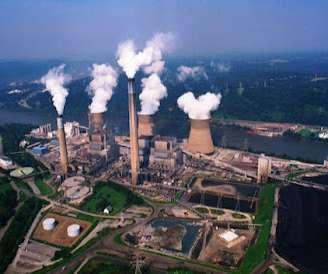Delayed harm and the politics of climate change, reconsidered
Legal Planet
OCTOBER 16, 2021
Does the climate keep warming, stay the same, or even cool? First, after carbon dioxide emissions cease, atmospheric carbon dioxide levels begin to decrease, as they are absorbed by natural processes and sinks in the oceans and on land. Those kinds of impacts could provoke real political backlash.














Let's personalize your content